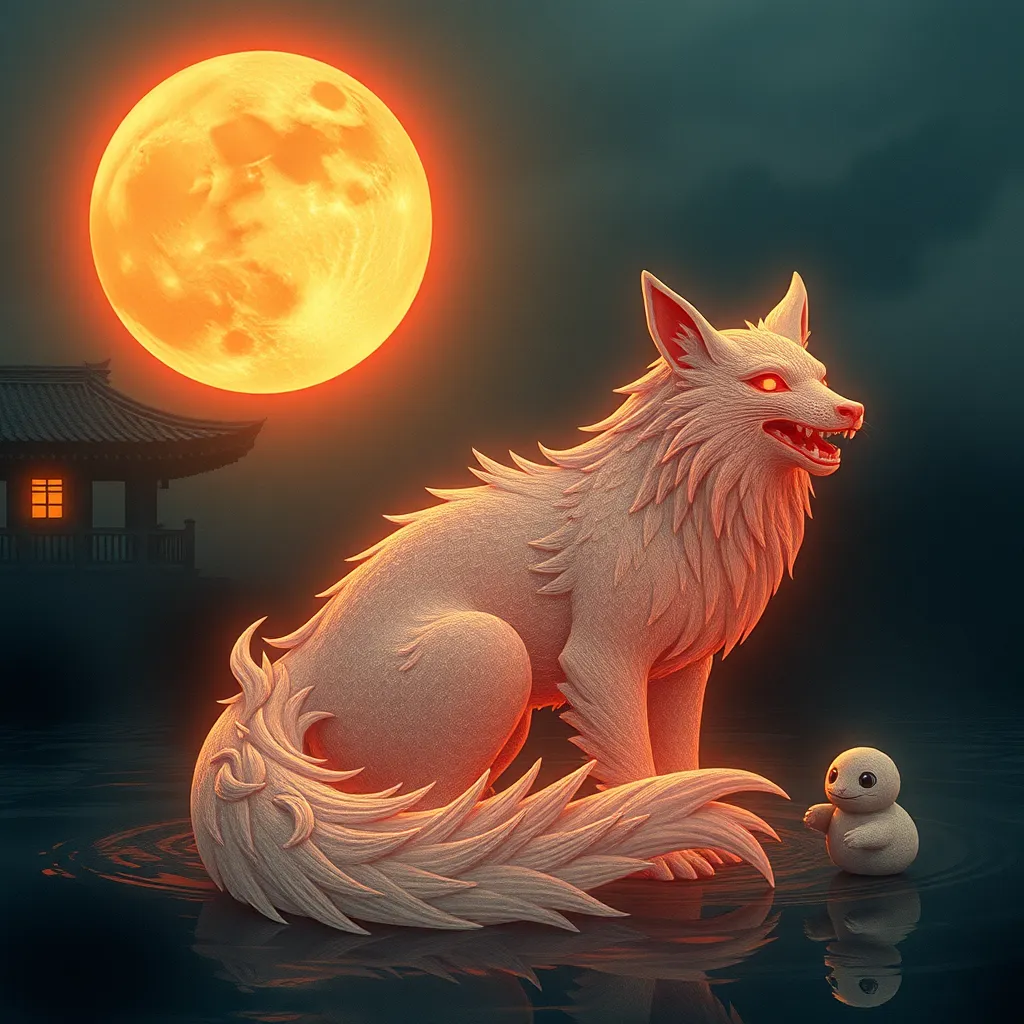The Hecatoncheires and the Evolution of Myth: A Study of Changing Perspectives
I. Introduction
The Hecatoncheires, also known as the Hundred-Handed Ones, are formidable giants in Greek mythology, characterized by their hundred arms and fifty heads. Emerging from the primordial chaos, these beings play a crucial role in the mythological narratives surrounding the Titans and the Olympian gods. Understanding the Hecatoncheires not only sheds light on their unique place within Greek mythology but also illustrates the broader evolution of mythological themes and characters over time.
The importance of studying myth evolution lies in recognizing how cultural, social, and philosophical contexts shape these narratives. This article aims to explore the origins, representations, and transformations of the Hecatoncheires throughout history, examining how their significance has shifted across various literary and artistic periods.
II. Origins of the Hecatoncheires
The Hecatoncheires originate from ancient Greek mythology’s rich tapestry, specifically from the cosmogony that describes the creation of the universe. According to the myth, they are the offspring of Uranus (Sky) and Gaia (Earth), along with their brothers, the Cyclopes. The Hecatoncheires are named Cottus, Briareus, and Gyges, each possessing incredible strength and an immense number of limbs.
In early narratives, the Hecatoncheires played a significant role as allies of Zeus in the Titanomachy, the epic battle between the Titans and the Olympians. Their characteristics—both terrifying and awe-inspiring—embody the chaotic forces of nature, representing the primordial elements that existed before the establishment of divine order.
- Characteristics: 100 arms, 50 heads, immense strength.
- Roles: Allies of Zeus, agents of chaos, embodiments of primal forces.
- Significance: Represent the struggle between order and chaos.
III. The Hecatoncheires in Hesiod’s Theogony
Hesiod’s “Theogony” is one of the earliest and most influential texts to detail the genealogy of the gods, including the Hecatoncheires. In this work, the Hecatoncheires are depicted as monstrous yet powerful beings essential to the victory of the Olympians over the Titans. Their portrayal emphasizes themes of chaos, power, and the establishment of divine order.
Thematic elements found in Hesiod’s depiction include:
- Chaos: The Hecatoncheires emerge from the primordial chaos, symbolizing untamed nature.
- Power: Their hundred arms signify overwhelming strength, making them formidable warriors.
- Divine Order: Their alliance with Zeus underscores the triumph of order over chaos in the mythological narrative.
Hesiod’s depiction has significantly influenced subsequent interpretations, establishing a framework through which later writers and artists would view the Hecatoncheires. Their role as harbingers of chaos and champions of order has persisted throughout various adaptations of the myth.
IV. The Hecatoncheires in Classical Literature
In classical literature, references to the Hecatoncheires can be found in works by playwrights and poets, where they often symbolize overwhelming force and chaos. For instance, in Aeschylus’s “Prometheus Bound,” the Hecatoncheires are alluded to as embodiments of Zeus’s power, reinforcing the idea that they are instruments of divine will.
Shifts in representation occur as the Hecatoncheires begin to take on different symbolic meanings in various texts:
- In Literature: They are sometimes portrayed as tragic figures, burdened by their immense power.
- In Art: Artistic representations emphasize their monstrous appearance, reflecting societal fears of chaos.
This evolution impacts the understanding of divine beings, illustrating how the Hecatoncheires serve not only as symbols of raw power but also as representations of the complexities of order and chaos in the universe.
V. Medieval and Renaissance Perspectives
During the Middle Ages, the Hecatoncheires underwent a transformation as their myth was reinterpreted within the context of Christian theology. The focus shifted from these beings as chaotic forces to their roles as instruments of divine justice. The Hecatoncheires were often depicted in medieval art as guardians of the divine order, aligning with the Christian worldview.
In the Renaissance, there was a resurgence of interest in classical mythology, leading to reinterpretations of the Hecatoncheires in art and literature. Artists such as Michelangelo and poets like Dante incorporated these figures into their works, exploring themes of power, chaos, and redemption.
This period also saw a connection between myth and emerging philosophical ideas, with the Hecatoncheires representing the struggle between human reason and the chaotic forces of nature.
VI. Modern Interpretations and Cultural Impact
In contemporary literature and media, the Hecatoncheires have found new life, appearing in various forms such as novels, films, and video games. Their representation often reflects modern psychological and societal themes, exploring the dualities of identity, power, and chaos.
Modern interpretations may include:
- Psychological Readings: The Hecatoncheires are seen as representations of inner turmoil and conflict.
- Societal Reflections: They symbolize the complexities of power dynamics in contemporary society.
The relevance of the Hecatoncheires resonates in modern discussions of identity, where their many heads and arms are metaphorical of the multifaceted nature of human existence and experience.
VII. Comparative Mythology: The Hecatoncheires and Other Cultural Figures
When examining the Hecatoncheires in the context of comparative mythology, similarities with multi-headed beings in other cultures can be observed. For instance, the Indian mythology features the demon Ravana, who has ten heads, symbolizing knowledge and power.
Some thematic parallels across cultures include:
- Chaos and Order: The struggle between chaotic forces and the establishment of order is a common theme.
- Divine Intervention: Multi-headed beings often act as agents of divine will, influencing the fate of gods and mortals.
Analyzing the Hecatoncheires within a broader mythological framework reveals their significance as archetypal figures that embody universal themes found in various cultures.
VIII. Conclusion
In summary, the Hecatoncheires represent a fascinating case study in the evolution of myth. From their origins in ancient Greek mythology to their reinterpretations in medieval and modern contexts, their significance has shifted dramatically, reflecting changing societal values and philosophical ideas.
Reflecting on the significance of changing perspectives in mythology, it becomes clear that the Hecatoncheires serve as a lens through which we can explore the complexities of chaos, power, and identity across time. Future research and exploration in myth studies can continue to uncover the rich tapestry of narratives surrounding these captivating figures, contributing to our understanding of human experience and cultural evolution.



